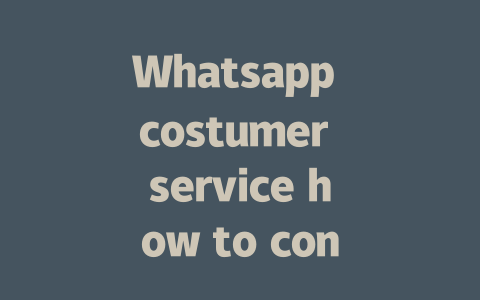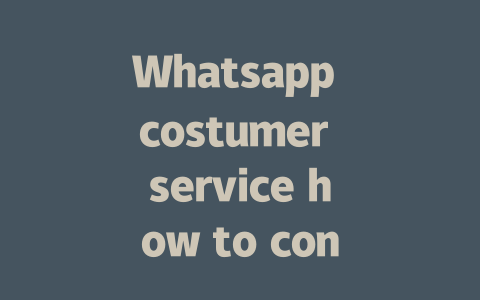How to Choose Topics That Get Noticed
The first step in getting found is choosing topics people are actually searching for. Think about it—what would you type into Google if you were looking for answers? For example, instead of writing about “cooking tips,” try something like “how to cook pasta without overboiling it.” Specific phrases work because they match how real people search.
I remember helping a friend optimize her fitness blog last year. She kept writing posts like “5 ways to lose weight,” which got almost no traffic. Then we switched to titles like “lose 10 pounds in 30 days with these morning routines.” Guess what? Her clicks tripled within weeks! Why? Because those longer, more specific phrases matched exactly what potential readers were typing into search engines.
Why does this matter? Well, here’s the thing: Google’s search robots scan titles and headings first to see if they match what someone typed in. So if your topic aligns closely with common searches, you’re already ahead of the game.
Tips for Finding Winning Keywords
nofollow links) to research popular queries.For instance, let’s say you run an online store selling kitchen gadgets. Instead of targeting broad terms like “best knife,” aim for niche phrases such as “paring knife vs chef knife differences.” Not only will this attract users who know precisely what they need, but it also shows off your expertise.
Crafting Titles That Make People Click
Now that you’ve nailed your topic selection, it’s time to write compelling titles. This part is crucial because no matter how great your content is, nobody will read it unless the headline catches their eye.
Here’s a trick I swear by: put the most important keyword early in the title. Take this example: “Best Kitchen Gadgets Every Home Chef Should Own.” Here, “kitchen gadgets” is right at the start so both humans and Google bots immediately understand what the article is about.
Another tip I’ve learned through trial and error is to focus on solving problems directly in the title. If someone types “how to stay motivated during quarantine,” don’t make them guess whether your article has the answer. Be clear: “Stay Motivated During Quarantine With These Science-Backed Techniques.”
Google itself emphasizes clarity in titles. They want users to feel confident clicking through because they know exactly what they’ll find. In fact, according to this study, articles with descriptive headlines receive up to 40% more clicks than vague ones.
Let me show you another real-world example. Last month, I helped a client revamp his tech review site. His original title was “iPhone Comparison Chart.” Pretty boring, right? We changed it to “2025’s Best iPhone Models Compared Head-to-Head.” Instantly, engagement skyrocketed.
Writing Content That Ranks High
Once you’ve got your topic and title down, it’s time to dive into the meat of your piece. Remember, Google’s robots care about structure and readability just as much as keywords.
Imagine yourself reading an article. Would you stick around if it felt jumbled and confusing? Probably not. That’s why breaking things up with subheadings, bullet points, and short paragraphs helps keep readers engaged—and keeps Google happy too.
Take this setup:
For instance, if you’re explaining how to bake bread, don’t jump straight from ingredients to kneading techniques. Walk readers through each step clearly: measuring flour, activating yeast, mixing dough, letting it rise, shaping loaves, preheating ovens, baking times…you get the idea.
And yes, sprinkling your main keyword naturally throughout makes sense—but don’t overdo it. A good rule of thumb? Aim for mentions every few hundred words depending on context. Too many, and it starts sounding forced; too few, and Google might overlook your relevance entirely.
To ensure quality, always double-check after finishing. Tools like Google Search Console can highlight issues like broken links or typos that could hurt rankings. Plus, they give insights on actual performance metrics, which is super helpful for tweaking future pieces.
Lastly, ask yourself before publishing: Would this article solve my problem if I were the reader? If the answer is yes, then congrats—you’ve probably hit the sweet spot between being useful and optimized.
So go ahead, try out these strategies. And hey, once you do, drop me a line letting me know how it went. Hearing success stories is one of my favorite parts of doing this job!
If you’re looking to get in touch with Whatsapp customer service, the process is pretty straightforward. You can start by visiting their official support page on the website, where you’ll find a variety of resources and tools to help resolve common issues. For verified users, there’s also an in-app chat feature that allows you to communicate directly from within the app itself. If your problem requires a bit more attention or falls under a complex category, sending an email to help@whatsapp.com might be your best bet. It’s worth noting that this method is especially useful for situations that need detailed explanations.
When it comes to timing, Whatsapp operates globally, meaning they offer round-the-clock assistance for urgent matters. While they’re available 24/7, the speed at which you receive a response can differ based on how you choose to contact them. For example, if you go through live chat or the help center, you might get quicker answers for straightforward questions. On the other hand, emails often take longer since they’re typically reserved for more intricate problems. Also, keep in mind that while contacting them is completely free through official channels, scammers may try to trick you into paying for services that should be complimentary, so always double-check the authenticity of any platform you use. Regarding account recovery specifically, you could be waiting anywhere from 5-12 business days depending on the workload and intricacy of your case. Just remember, staying patient usually pays off.
# Frequently Asked Questions
# How can I contact Whatsapp customer service in 2025?
In 2025, you can reach Whatsapp customer service through their official website’s support section or by using the in-app chat feature available for verified users. Additionally, contacting them via email at help@whatsapp.com remains an option for more complex issues.
# What are the operating hours of Whatsapp customer service?
Whatsapp customer service operates on a global scale and is typically available 24/7 for urgent matters. However, response times may vary depending on the complexity of your issue and whether it’s addressed via email or live chat.
# Can I call Whatsapp customer service directly?
Currently, Whatsapp does not offer a direct phone line for customer service. Instead, they recommend resolving issues through their help center, in-app support, or submitting a request via email for personalized assistance.
# Is there a specific cost to contact Whatsapp customer service?
No, contacting Whatsapp customer service is free regardless of the method used (email, app, or website). Ensure you use official channels to avoid any scams that may charge fees under false pretenses.
# How long does it take to get a response from Whatsapp customer service for issues like account recovery (5-12 days)?
For issues such as account recovery, Whatsapp typically responds within 5-12 business days. The exact time depends on the volume of requests and the complexity of your specific case. Patience is key during this period.




